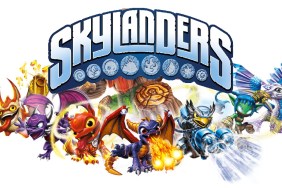Is anybody there?
Daylight was one of my most anticipated games of 2014. With me being a big fan of the horror genre across all mediums (I recently put myself through two weeks of continuous hellish nightmares after reading Stephen King’s Pet Sematary before bed), a procedurally-generated scare-‘em-up seemed like it would be right up my street—or darkened alley…
-
Nothing but jump scares
-
Procedurally-generated environment doesn't add much to the game
-
Boring, repeated objectives
-
Frame-rate drops on PC
-
Poorly-implemented controller support on PC
-
Interesting story
-
Audio is great but repeated far too frequently











